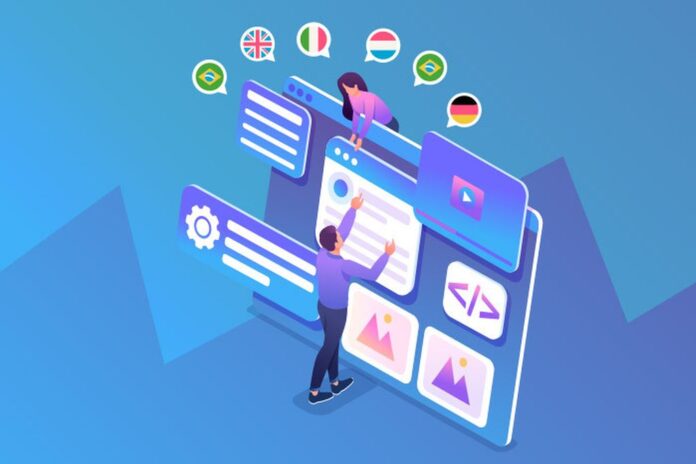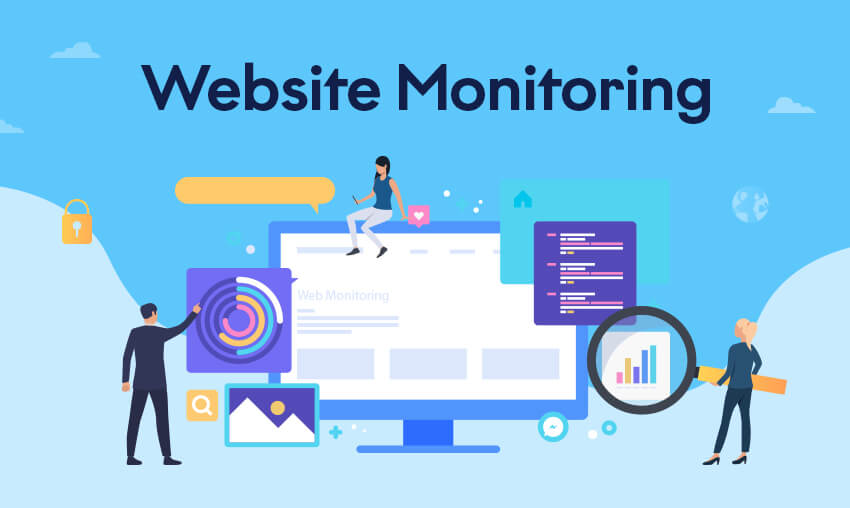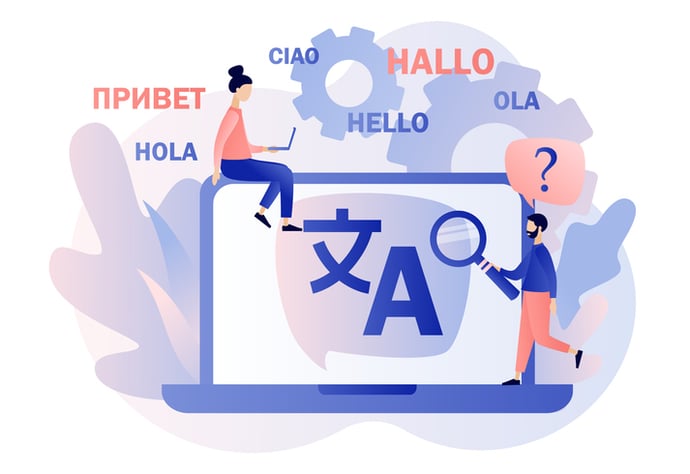
Creating language-friendly websites is crucial in today’s global market. As more businesses expand their reach internationally, having a website that caters to multiple languages and cultures has become a necessity. Having a multilingual website is one of the most effective ways to cater to a global audience.
A multilingual website allows users to access your content in their preferred language, creating a personalized user experience. It also helps build trust and credibility with your international audience, as it shows that you understand and value their language and culture. When creating a multilingual website, it’s important to consider not only the language but also the cultural nuances and preferences of your target audience.
This includes adapting images, colors, and messaging to appeal to the local audience. A multilingual website is an investment in your business’s growth and success in the global market. Here are some tips on how to create language-friendly websites for maximum reach:
Use language detection

Using language detection software on your website allows users to automatically see content in their preferred language. This feature detects the user’s browser language settings and shows the corresponding language version of the website. This saves users time and effort and creates a positive user experience.
Clear and concise language
When creating website content, it’s important to use clear and concise language that is easy to understand. Avoid using jargon, technical terms, or idioms that may not translate well across languages. Use simple, direct language that conveys your message clearly.
Creating Multilingual Content and Navigation
Creating multilingual content and navigation is a crucial aspect of developing a language-friendly website. To create multilingual content, it is essential to first identify the languages that your target audience speaks and understands. Once you have identified the languages, you can then proceed to create content in those languages. This can involve translating existing content or creating new content from scratch.
When it comes to navigation, it is important to ensure that users can easily switch between languages and find content in the language they prefer. This can involve creating language-specific menus, using language flags to indicate language options, and ensuring that all navigation elements are translated. By creating multilingual content and navigation, you can make your website accessible to a wider audience, and improve the user experience for users who speak different languages.
Visual aids

Visual aids such as images, videos, and infographics can help convey your message across languages. Make sure your visual aids are culturally appropriate and convey the intended message. Avoid using images that may be offensive or inappropriate in certain cultures.
Use machine translation wisely
Machine translation can be useful for translating large amounts of content quickly. However, it’s important to use machine translation wisely and with caution. Machine translation is not always accurate and may not convey the intended message. Always have a human translator review the machine translation to ensure accuracy.
Consider localization
Localization goes beyond translation and involves adapting your website content to the local culture. This includes adapting your website design, images, and messaging to appeal to the local audience. Localization creates a personalized user experience and helps build trust with your international audience.
Test your website

Testing your website is crucial to ensure that it’s user-friendly and easy to navigate. Test your website with users who speak different languages and come from different cultural backgrounds. This will help you identify any issues or areas that need improvement.
Maximizing the Reach of Your Language-friendly Website through SEO
Search Engine Optimization (SEO) is an essential tool for maximizing the reach of your language-friendly website. To make sure that your website is visible to users who speak different languages, you need to optimize it for relevant keywords and phrases in those languages.
One way to do this is to create language-specific landing pages that are optimized for relevant keywords in that language. This can involve conducting keyword research in different languages and creating high-quality content that targets those keywords.
Another important aspect of SEO is to ensure that your website’s structure is optimized for search engines. This can involve creating a sitemap that includes all of your website’s pages, optimizing your website’s URLs and metadata, and ensuring that your website’s content is structured in a way that is easy for search engines to crawl.
In addition to on-page optimization, it is also important to build high-quality backlinks to your website in different languages. This can involve outreach to other websites in your target languages, as well as creating high-quality content that is shareable in different languages.
Overall, by maximizing the reach of your language-friendly website through SEO, you can improve its visibility and accessibility to users who speak different languages, and increase your website’s traffic and engagement.
Monitoring and Updating

Monitoring and updating your language-friendly website for continuous improvement is an ongoing process that involves analyzing your website’s performance and making necessary changes to improve the user experience. This can involve several different aspects, including monitoring website analytics, testing website performance, and updating website content and design.
One way to monitor website performance is by using website analytics tools to track key metrics such as website traffic, bounce rates, and user engagement. By analyzing these metrics, you can identify areas where your website may be underperforming, and make necessary changes to improve the user experience.
Another important aspect of monitoring and updating your website is testing website performance across different devices and languages. This can involve conducting user testing to identify areas of your website that may be difficult to navigate or use for users who speak different languages.
Finally, updating your website’s content and design is an ongoing process that involves creating new content, optimizing existing content, and making necessary changes to your website’s design to improve usability and accessibility.
Conclusion

Creating language-friendly websites is crucial for maximum reach in today’s global market. By using language detection, clear and concise language, visual aids, machine translation, localization, and testing, you can create a website that caters to your international audience and drives business growth.








